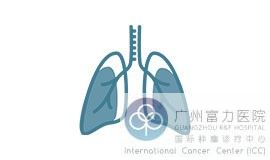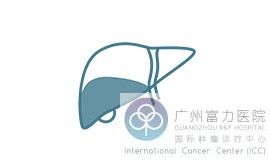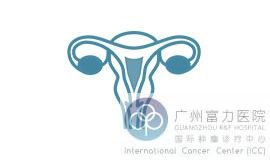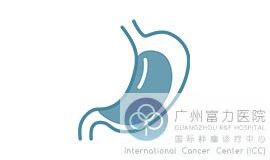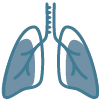"High temperature sniper" of tumors - 15 minutes to accurately inactivate cancer cells
For cancer patients who cannot undergo surgery or pursue rapid recovery, the trauma and side effects of traditional treatments are often daunting. The radiofrequency ablation (RFA) used by the Guangzhou R&F Hospital Tumor Center is characterized by "precise temperature control, minimally invasive inactivation, and immediate delivery", providing international patients (especially Southeast Asia and the Middle East) with efficient and safe solid tumor solutions. This technology recommended by the US NCCN guidelines has achieved precise inactivation of complex cases such as 5cm liver cancer in Saudi Arabia and lung nodules in Indonesia. Clinical data in 2024 showed that the complete ablation rate of early tumors reached 94.6%, and the treatment time was as short as 15 minutes.
What is radiofrequency ablation? How does the "microwave oven" in the body work?
Operation process:
Image guidance: CT three-dimensional reconstruction of tumor vascular distribution (error <0.5mm)
Needle tip heating:The radiofrequency electrode releases a 400kHz high-frequency current, and the temperature inside the tumor rises to 80-100℃ (equivalent to the temperature of a pizza oven)
Intelligent inactivation:Impedance monitoring automatically stops heating, forming a 3cm×5cm ellipsoidal necrosis area
Radiofrequency ablation is a minimally invasive technology that "kills cancer with heat". Under the guidance of ultrasound, CT and other images, the doctor accurately punctures a radiofrequency electrode needle with a diameter of only 2 mm into the tumor. The high-frequency current released by the needle tip causes the surrounding tissue ions to vibrate and rub at high speed, instantly generating a high temperature of 60℃~100℃, causing the cancer cell protein to coagulate and necrotize, while the surrounding normal tissue is almost undamaged. The whole process is like using a "micro-electric iron" to accurately burn the tumor to death without harming healthy organs. It is completed under local anesthesia, leaving only a needle-sized wound on the skin, and you can eat 2 hours after the operation
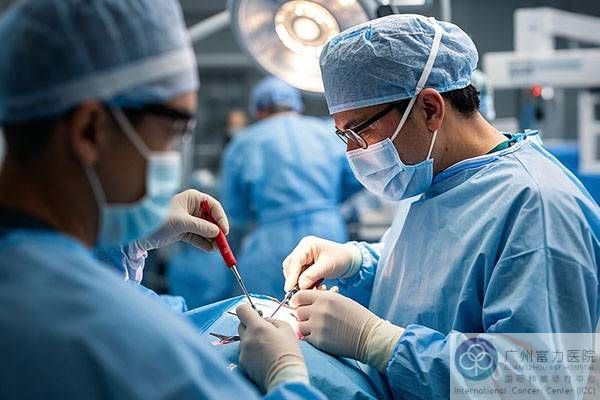
Which patients are suitable for this technology?
Radiofrequency ablation is particularly suitable for the following situations:
Early solid tumors: such as liver cancer (≤5cm), lung cancer (≤3cm), kidney cancer, thyroid cancer, etc.;
Multiple metastatic tumors (such as liver metastasis, bone metastasis);
Patients who are elderly or have poor cardiopulmonary function and cannot tolerate surgery;
Tumor recurrence or residual needs local follow-up treatment.
To assess whether you are suitable for radiofrequency ablation, please consult a doctor online
Comparison with traditional treatment: six core breakthroughs
Comparison Items | Open Surgery | Traditional Radiotherapy | Radiofrequency Ablation (RFA) |
Trauma | 15cm incision | Skin burns | Pinhole wound |
Anesthesia | General anesthesia | No anesthesia required | Local anesthesia |
Hospitalization Time | 7–10 days | Multiple sessions (course-dependent) | Discharge on the same day |
Complications | Bleeding, infection risk | Radiation pneumonitis | Mild pain (<5% incidence) |
Costs | 100% benchmark | 70% of benchmark | 45% of benchmark |
Applicable Scenarios | Single lesion | Extensive metastasis | 1–3 focal tumors |
Why choose Guangzhou R&F Hospital?
Precision navigation technology: Unlike some hospitals in Southeast Asia and the Middle East that rely on traditional ultrasound guidance, our hospital uses CT/MRI three-dimensional reconstruction combined with artificial ascites isolation technology, with an error of < 3 mm, to avoid damage to key structures such as blood vessels and bile ducts;
International standard efficacy: The 5-year survival rate of early liver cancer and lung cancer is comparable to that of surgery (up to 60%-70%), and organ function is preserved;
Optimized pain management: Local anesthesia + intravenous sedation throughout the process, patients feel no pain during the operation, and only need oral painkillers after the operation;
Convenient cross-border medical treatment: patients can get out of bed on the day of treatment and be discharged within 3 days, saving time and money for cross-border patients.
Safety for pacemaker patients (common demand in the Middle East)
Synchronous ablation + biopsy, diagnosis and treatment in one step
Technical support system
The Guangzhou R&F Hospital Tumor Center is equipped with the world's first RF intelligent gimbal:
✅ Automatic avoidance of ribs/diaphragm (puncture success rate 99.2%)
✅ Special insulating needle design for tropical high humidity environment
To assess whether you are suitable for radiofrequency ablation, please consult a doctor online
Guangzhou R&F Hospital International Cancer Center Real patient case: Hope of cure with high temperature ablation
Patient background:
Name: Abdullah (Saudi Arabia, 45 years old, desert guide)
Condition: 3 liver cancers (maximum 3.5cm) with cirrhosis
Difficulty in treatment: Refuse blood transfusion, need to retain physical strength for camel riding
Treatment process:
Synchronous ablation of 3 lesions under CT guidance
Total bleeding volume <1 teaspoon (no blood transfusion required)
Drink date juice 3 hours after surgery and walk normally the next day
Follow-up results:
MRI showed complete necrosis of the tumor 4 weeks later
Child-Pugh liver function score remained A grade
After 6 months, he tried to lead the team to complete the Medina-Mecca hike
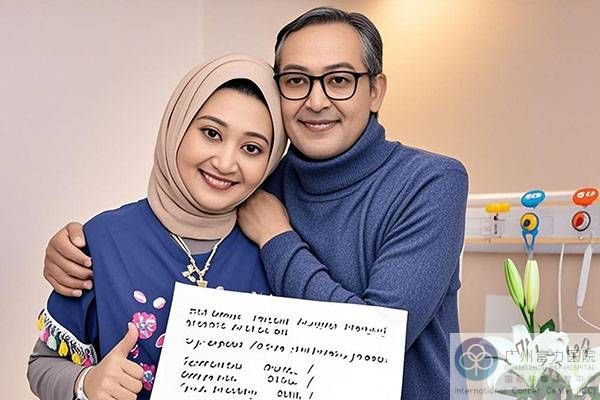
"The treatment was as fast as a desert storm, but the results were as accurate as star navigation." - Abdullah
Other cases treated with radiofrequency ablation
Case 1: Small liver cancer (Saudi Arabia, 55 years old)
3cm liver cancer with cirrhosis, high risk of surgical resection. The lesion was completely necrotic after RFA treatment, and he was discharged from the hospital 2 days after surgery. The alpha-fetoprotein (AFP) returned to normal after 3 months of reexamination.
Case 2: Pulmonary nodules (Malaysia, 68 years old)
Multiple ground glass nodules in both lungs (high-risk early lung cancer), refused lobectomy. Fractional RFA inactivated 3 lesions, no recurrence 3 years after surgery, and normal lung function.
Case 3: Bone metastasis (Indonesia, 42 years old)
Breast cancer bone metastasis caused severe low back pain, which recurred after radiotherapy. RFA accurately ablated the lumbar metastasis, and the pain was relieved by 80% the next day after surgery, and he could walk independently.
For more patient stories, please click
Let fighting cancer be like a precise desert journey - we set a high temperature restricted zone for tumors
Guangzhou R&F Hospital Cancer Center opens the era of "survival without chemotherapy" for cancer patients and wins a lasting victory for life. If you or your family are facing difficulties in cancer treatment, please contact Guangzhou R&F Hospital Cancer Center. We provide multilingual medical record consultation, contact us immediately to obtain an assessment of treatment qualifications.
Contact us:
email: rfcancercenter@gmail.com |
whatsapp: +86 18565157271










